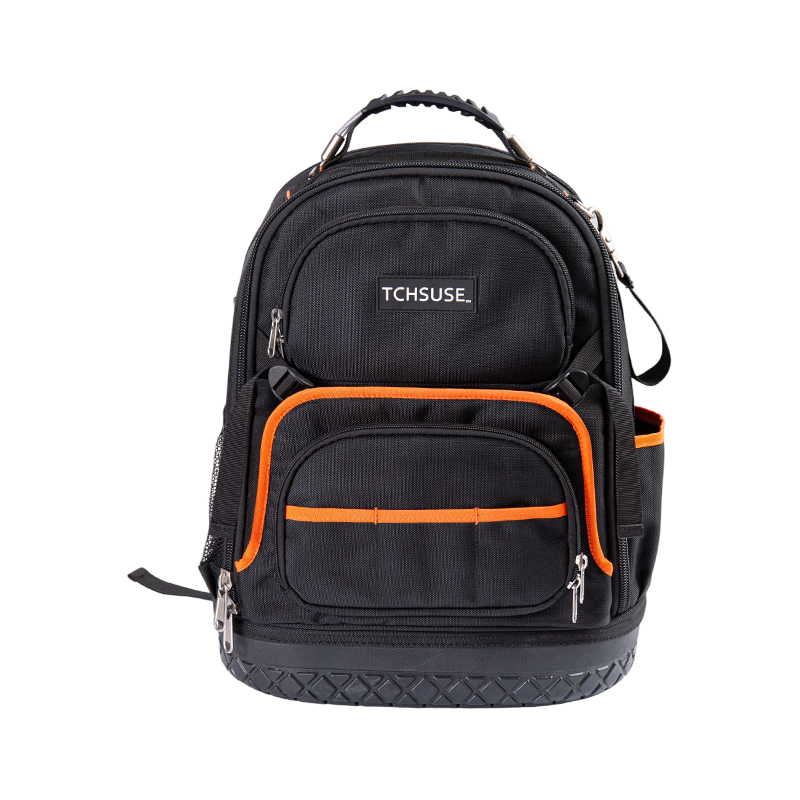Email: [email protected]
Industry News
HOME / NEWS / Industry News / Toolkit Purchase Guide: Avoid These Misunderstandings and Choose a Cost-Effective Option
HOME > NEWS > Industry News > Toolkit Purchase Guide: Avoid These Misunderstandings and Choose a Cost-Effective Option
Toolkit Purchase Guide: Avoid These Misunderstandings and Choose a Cost-Effective Option
When buying a toolkit, many consumers tend to fall into misunderstandings such as "only focusing on price" and "pursuing large capacity", which leads to purchasing a toolkit that does not meet their actual needs. In fact, choosing a toolkit requires comprehensively considering factors such as usage scenarios, tool types, and material performance to select a cost-effective product. The following are several common misunderstandings in purchasing and the correct selection methods to help users avoid mistakes.
Misunderstanding 1: Blindly pursuing large capacity. Some consumers believe that the larger the toolkit capacity, the better, as it can hold more tools. However, in reality, an overly large toolkit is not only inconvenient to carry but also increases unnecessary load. The correct approach is to choose a toolkit with an appropriate capacity based on the number and size of commonly used tools. For example, for daily home use, a toolkit with a capacity of 15-20 liters is sufficient to hold small tools such as screwdrivers, spanners, and tape measures. For professional maintenance personnel who need to carry large tools such as electric drills and cutting machines, a product with a capacity of 30-40 liters can be selected.
Misunderstanding 2: Ignoring the durability of materials. Some users only pay attention to the appearance and price when purchasing, ignoring the quality of materials, which results in problems such as fabric damage and zipper breakage shortly after using the toolkit. When selecting, focus should be placed on the quality of fabrics and accessories. In terms of fabrics, Oxford cloth and nylon cloth have the characteristics of wear resistance and water resistance, making them suitable for long-term use. Canvas material has good air permeability but relatively poor wear resistance, and is more suitable for light-use scenarios. For accessories, choose toolkits with metal zippers and reinforced stitching, which can effectively extend the service life. For example, zippers should be smooth and free of jamming, and the stitching should be checked for thread breakage.
Misunderstanding 3: Neglecting carrying comfort. For users who need to carry toolkits frequently, carrying comfort is crucial. Many people do not try out the toolkit when purchasing, leading to problems such as shoulder soreness and excessive waist pressure during use. When choosing a toolkit with a shoulder strap, select one with a shoulder strap width of more than 5 centimeters and equipped with decompression sponges. At the same time, pay attention to the center of gravity design of the toolkit - a reasonable center of gravity distribution can reduce the pressure on the back. If the toolkit is relatively heavy, a style with a waist belt can be chosen to transfer part of the weight to the waist and improve carrying comfort.
In addition, attention should also be paid to the detailed design of the toolkit, such as whether it has waterproof functions, whether it is equipped with tool fixing devices, and whether there are convenient pockets on the outside. By comprehensively considering these factors and combining them with personal needs and budgets, users can avoid purchasing misunderstandings and select a toolkit that is both practical and durable.


 English
English 










